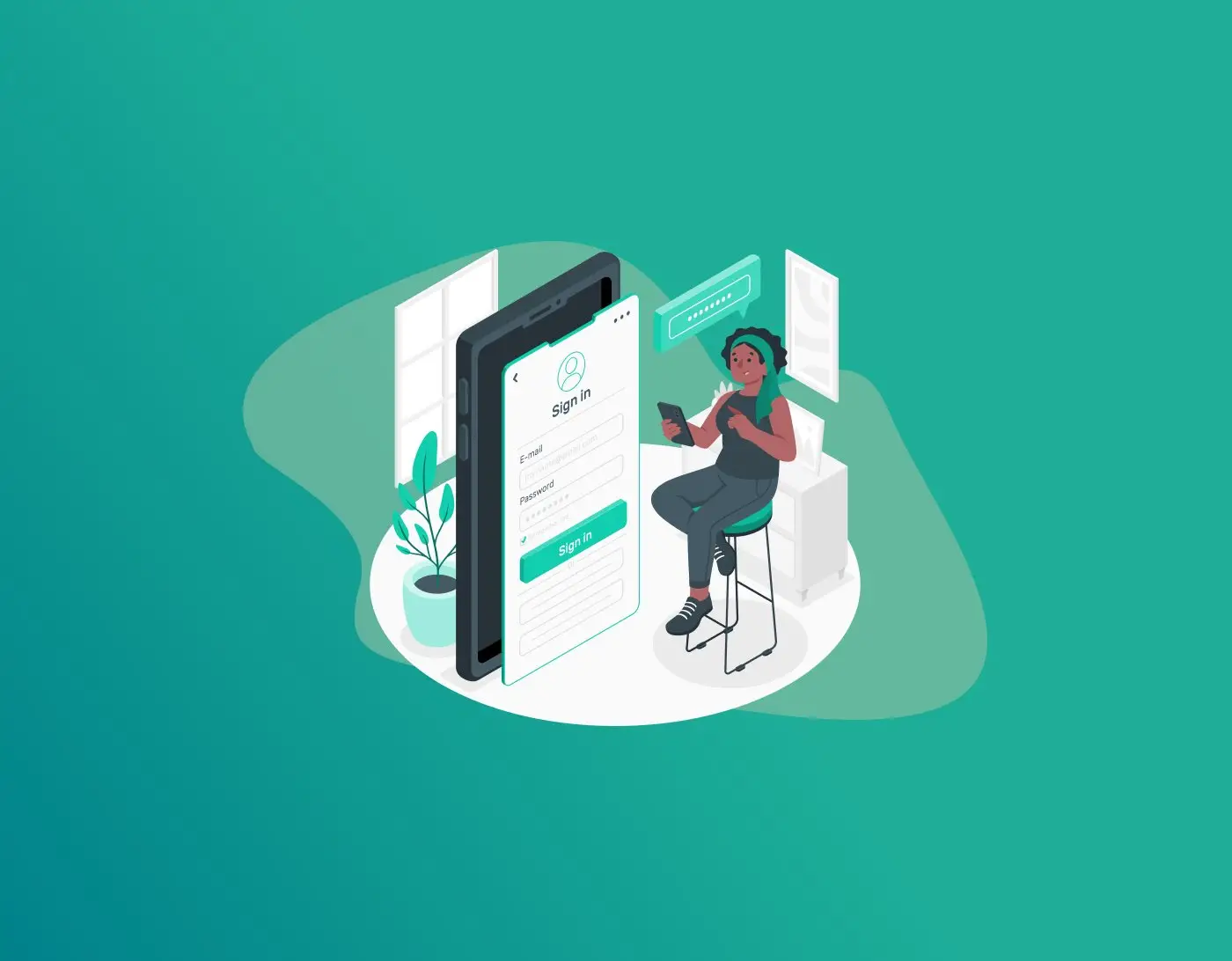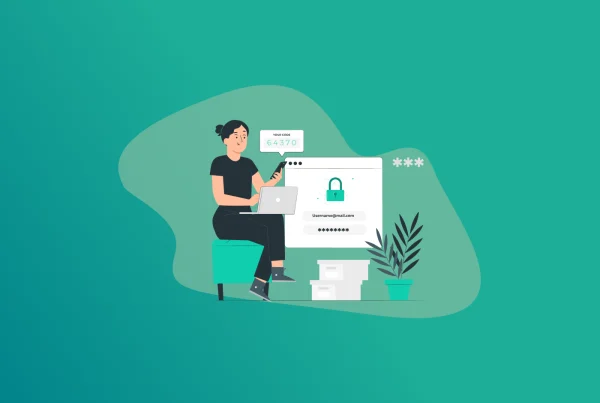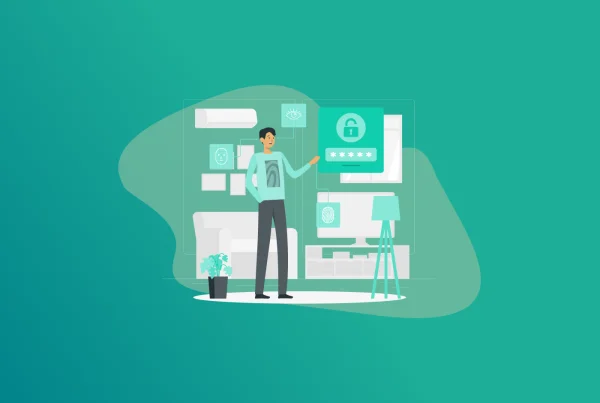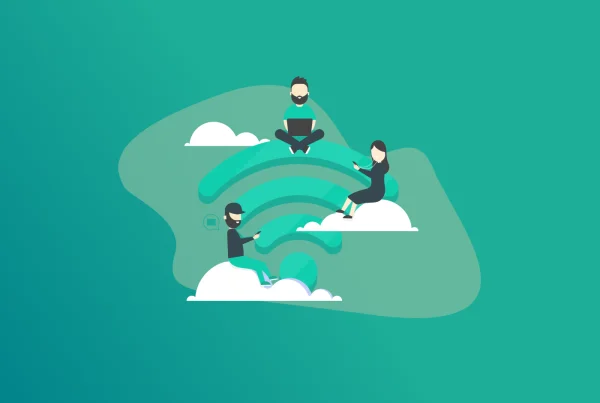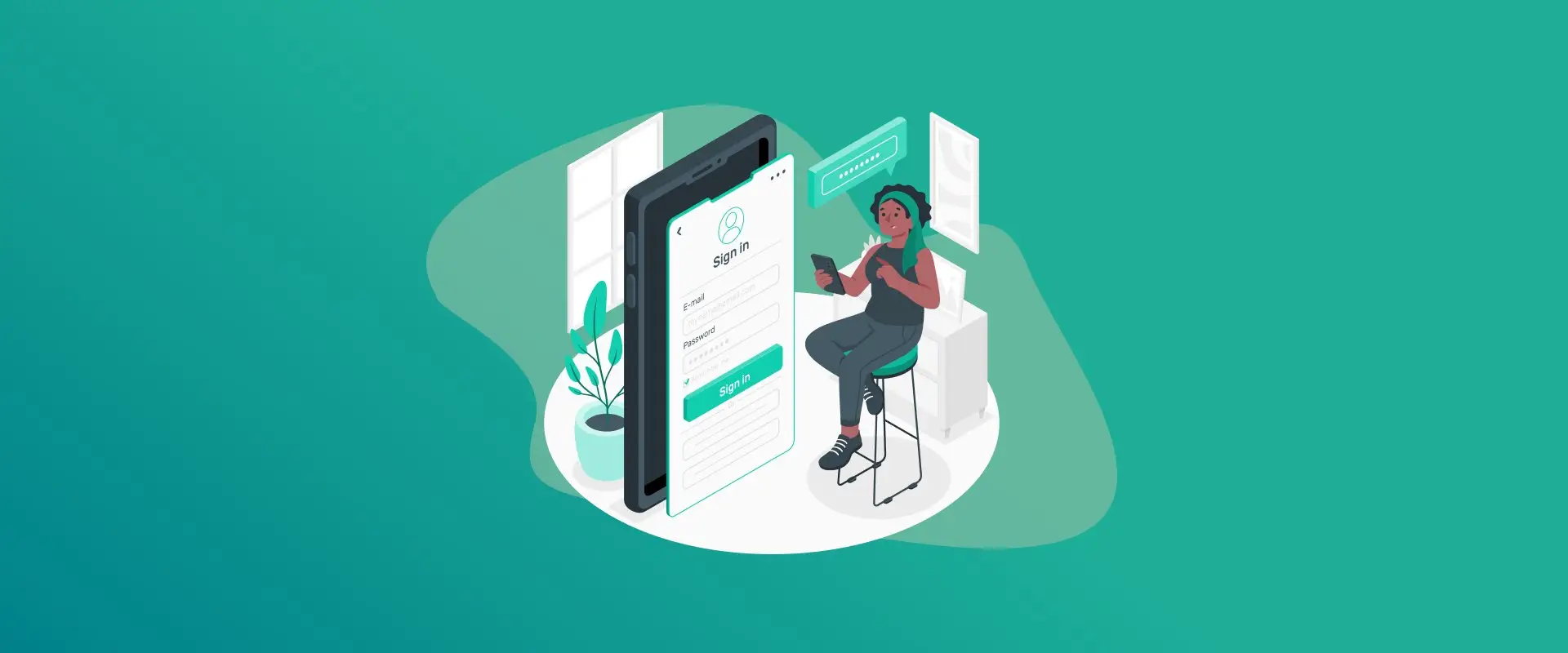
iPhones notify you of compromised passwords to avoid potential data theft. Apple notifies you only if the passwords stored in the iCloud Keychain have appeared in a data leak. For instance, if you were streaming free movies online on a Saturday night, you might end up waking up to the iPhone data leak notification.
Whether you received the compromised passwords notification or found its category from Apple Keychain, it’s important to understand what compromised password means on iPhones. That said, this guide will walk you through what it means, and what to do after you receive the iPhone data leak notification.
Note: To secure your passwords, consider using a password manager. It helps create stronger passwords, and you can store them in a security vault for safekeeping. FastestPass comes with military-level encryption and other high-end features.
What Does Compromised Password Mean on iPhone?
iPhone notifies you about compromised passwords saved in the iCloud Keychain. Meaning, if any of the stored passwords have appeared in a potential data leak online, it notifies you about it. A compromised password notification on iPhone means that a potential data theft attempt awaits you.
If you receive an iPhone data leak notification, we recommend that you change your specific password, which you were notified about. Generate a strong password that includes upper and lowercase letters, numbers, and alphanumerics. Or, leverage FastestPass free password generator to generate new, strong passwords in seconds.
What Does Reused Password Mean?
Apple also notifies you about reused passwords. Any password that was reused for your accounts saved on iCloud Keychain, your iPhone will notify you about it. Reused passwords may lead to credential stuffing, i.e., using the same key for different locks to check if it works on them too.
Once hackers crack one of your account passwords, they try matching it on all your other accounts too. They try the same password to see if they can access more than one account with it. Whether your password was compromised or reused, both make you equally vulnerable to cyber threats.
What Must Be Done if Your Password Is Compromised?
First and foremost, change that password. And no, your birth date can’t protect your account. You need something stronger. We recommend using the FastestPass Password Generator to quickly and effortlessly generate new, unique, and strong passwords. That’s not it. There’s more to do about a password compromise from your iCloud Keychain.
Steps to Fix Compromised Passwords
Now that you know “what does compromised password mean on iPhone,” changing your password is essential. However, it can take a long time to generate each one manually and then re-saving it on iCloud Keychain. Along with that, here are the essential steps for fixing compromised passwords:
Step 1: Change the Compromised Password
Note: We recommend changing the passwords of your email, financial, shopping, and Apple ID accounts. Doing so mitigates the risk of data theft from your key accounts holding sensitive information.
Your iPhone notifies you about which account’s password was compromised. Immediately change the password for those accounts first. Here’s how to generate new passwords using FastestPass Password Generator:
- Go to FastestPass > Password Generator.
- Tap on Copy Password or click on the regenerate icon for new results.
- Once you get the preferred password, click on copy password.
- Go to the iPhone’s Home Screen and swipe down to access Finder.
- Type Passwords and tap on the icon.
- Verify your account via Face or Touch ID.
- Go to Security > Compromised Password.
- Paste the copied password in the password section for the specific account.
- If more than one account password is compromised, regenerate new passwords with FastestPass and repeat the steps.
Step 2: Enable Two-Factor Authentication (2FA)
Enabling 2FA is the best security step you can take for your important accounts. This ensures that no third party can access your accounts even if they have the account password. Check the accounts you want to protect and enable 2FA from their Settings. Here’s how to enable 2FA for Apple ID:
- Go to your iPhone’s Settings.
- Tap on your name, i.e., your account, from the Settings.
- Go to Password and Security.
- Enable two-factor authentication.
Step 3: Check for Suspicious Activity
After changing your account passwords and enabling 2FA, it’s crucial to still check for suspicious activity.
- Go to Passwords on your iPhone.
- Log in via your Face or Touch ID.
- Go to Security Recommendations > Reused Passwords.
- Change the passwords of accounts with reused passwords.
Why Do Passwords Get Compromised?
Passwords are compromised to access your accounts and steal sensitive information. It’s the first step of a potential data theft. Apple features a robust security check-in that identifies passwords that were recently compromised, and it notifies you about it.
Connecting to public wifi, streaming free movies online, browsing the web without a VPN, and installing unverified apps are common reasons that lead to password compromises. Cracking passwords is now easier than ever for hackers. Technical advancements make cracking an easy password only a few-seconds job.
We recommend only using strong passwords. And, if they’re hard to generate, use FastestPass password generator to generate unique and strong passwords in seconds. As an additional step, use FastestVPN to enhance your online security by anonymously browsing the web.
How Does Apple Protect Passwords?
The Apple Platform Security goes beyond its system. It ensures hardware and software security via AES 246-bit encryption to protect user data. Apple devices also have an in-built remote wipe feature. It enables you to erase all your iPhone data remotely in case of data theft or loss.
Apple leverages different methods to protect passwords, such as advanced cryptography, data monitoring, and others. Once you save your passwords on iCloud Keychain, they’re always being checked for reuse, compromises, or other suspicious activities. Here are ways how apple protects your passwords:
- Data breach monitoring
- Cryptographic comparison
- Local device check
How to Protect Passwords From Hackers on iPhone?
You can’t keep your accounts secure with your birthday or 12345678. You need something more than that. In most instances, it’s weak passwords leading to password compromises. But, there’s more than that. Here are ways you can protect your passwords from hackers on iPhone:
1. Use a Password Manager
A reliable password manager simplifies password protection and management. You can either use your iPhone’s built-in iCloud Keychain or FastestPass. The latter is a subscription-based service that offers a range of features for overall credential management. You can even save your driver’s license, passport details, and almost every password, passkey, or financial record.
2. Enable Two-Factor Authentication
Enabling 2FA is almost essential now. This additional security step ensures that no malicious actors access your account even if they have the password. Instead, they must provide another verification detail, such as an OTP or answer a question, which only you would know. You can enable it on your Apple ID by: Go to Settings >Tap on your name > Password and Security > Enable two-factor authentication.
3. Use a VPN
VPNs aren’t only for hopping geo-limits. They can help with more than that. For example, FastestVPN offers premium features that ensure a safe browsing experience. Connecting to a VPN server enables you to anonymously browse the web. Your original IP stays hidden, and the black hats can’t access your browsing activities. This way, none of your accounts are traced down for a password breach
FAQs – What Does Compromised Password Mean
No, it isn’t. You will find discussions on the Apple Discussions thread stating that these are scams, designed to get users to click on malicious links. They’re common tactics that cybercriminals use. Yes, you need to change a compromised password if there is time and a way to do it. If your accounts are not compromised, you need to change your passwords immediately. Yes and no. A compromised password means it could be either exposed or a hacker has taken it over, resulting in you losing access. Your iPhone is alerting you that your password may have been compromised because Apple’s built-in security monitoring has found a match between one of your saved passwords and login information that was exposed in a known data breach. This doesn’t necessarily mean your account has been hacked, but it does indicate that your password could be available to others and is no longer secure. Ensure that you change the password as soon as possible and use security measures like multi-factor authentication and a password manager for the future. To see if any of your passwords may have been exposed, open the Settings app on your iPhone and select Passwords. From there, tap on Security to view a list of accounts that have been flagged for compromised, weak, or reused passwords. You can also turn on the Detect Compromised Passwords option in your password settings. Once enabled, your iPhone will automatically notify you if any of your saved passwords are found in known data leaks.
Final Note
And that’s a wrap! You now have an idea of “what does compromised password mean” and the best practices to enable password-protection from hackers and other potential risks. However, the best way to ensure that your iPhone password is protected is to use stronger passkeys. FastestPass can help with that. You can use the password generator and even store them in the app’s digital vault. Only you will have access to it with a master key.
Generate passkeys, store them in vaults, and safeguard sensitive data! Receive the latest updates, trending posts, new package deals,and more from FastestPass via our email newsletter.
By subscribing to FastestPass, you agree to receive the latest cybersecurity news, tips, product updates, and admin resources. You also agree to FastestPass' Privacy Policy.
Secure and Create Stronger Passwords Now!
Subscribe to Our Newsletter

